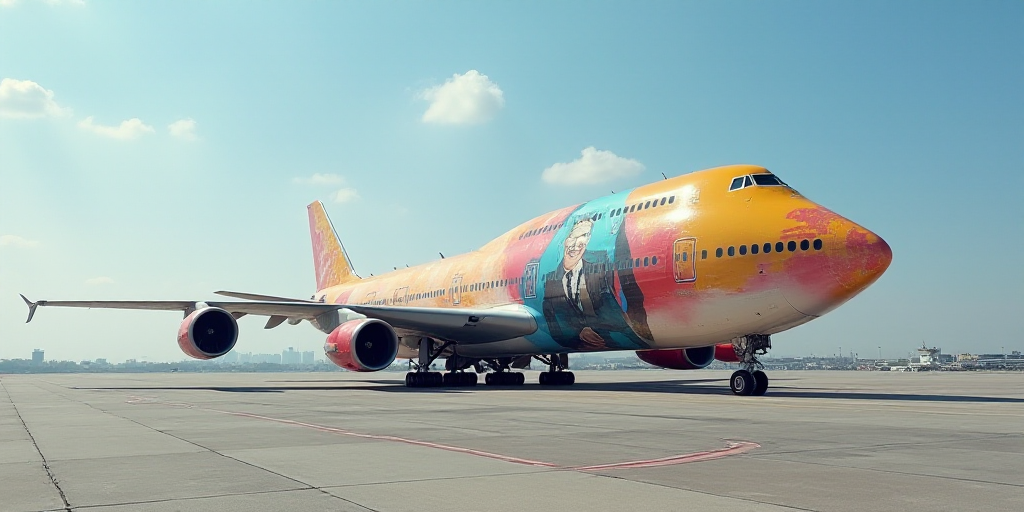Background on the Incident and Boeing’s Role
In January 2024, a section of the fuselage detached from an Alaska Airlines Boeing aircraft during flight. Fortunately, no injuries were reported, and the pilots managed to land safely in Portland, Oregon.
Who is Boeing?
Boeing is a prominent American multinational corporation that designs, manufactures, and sells airplanes, rotorcraft, autonomous vehicles, defense systems, and satellite components worldwide. It is one of the largest exporters in the United States, with over 170,000 employees and a significant impact on global aviation.
Investigation Findings
According to federal investigators, the “likely cause” of the in-flight incident was insufficient training and supervision of Boeing’s workforce.
NTSB Analysis
The National Transportation Safety Board (NTSB) identified inadequate training, guidance, and oversight as the “likely cause” of the incident. The report states that these shortcomings led to inconsistent and incorrect execution of the component removal process by Boeing’s manufacturing personnel.
Details of the Incident
During a public meeting to present their findings, NTSB officials indicated that the issue likely originated when Boeing employees worked on removing the central left exit door panel during maintenance.
Impact on Boeing
The incident once again placed Boeing in crisis mode, requiring the grounding of affected 737 MAX models and federal authorities limiting monthly production. These actions negatively impacted Boeing’s profitability.
Key Issues Identified
- Missing Fasteners: NTSB officials confirmed that four screws securing the detached panel were absent.
- Inadequate Training: The investigation highlighted the lack of proper training, guidance, and oversight for Boeing’s manufacturing personnel.
- Supervision Shortcomings: Insufficient supervision contributed to the inconsistent and incorrect execution of the component removal process.
Consequences and Next Steps
Boeing must address these issues to prevent future incidents and regain public trust. This may involve enhancing training programs, improving supervision, and ensuring all necessary components are properly secured during maintenance procedures.






